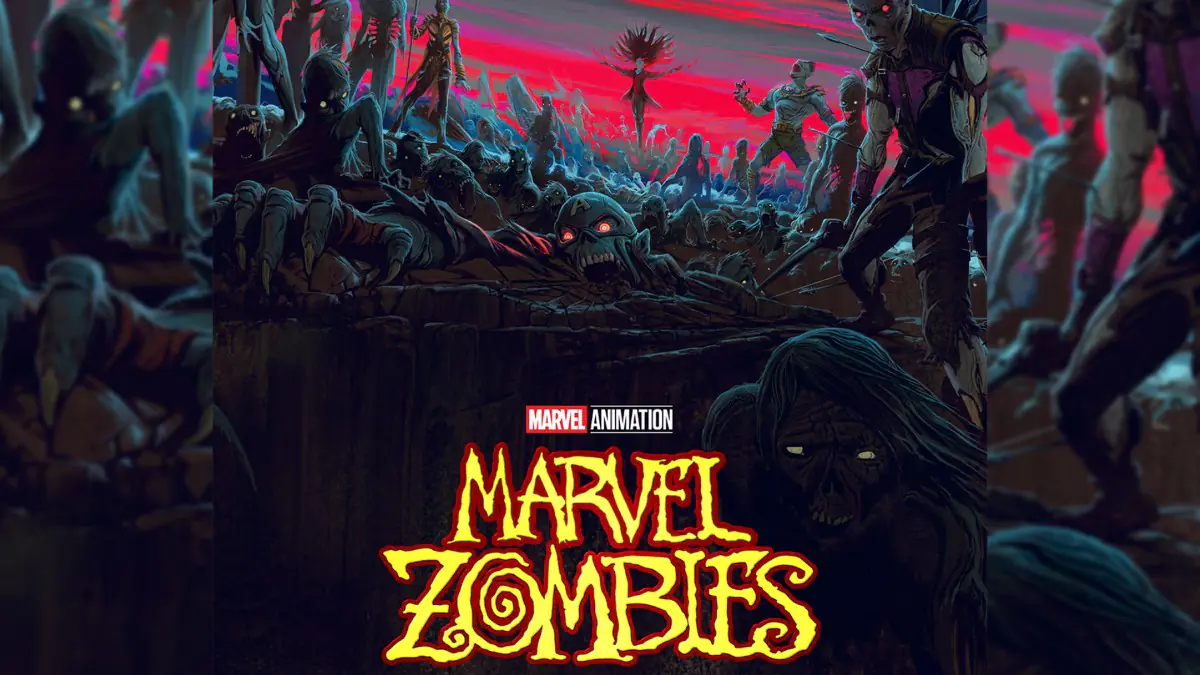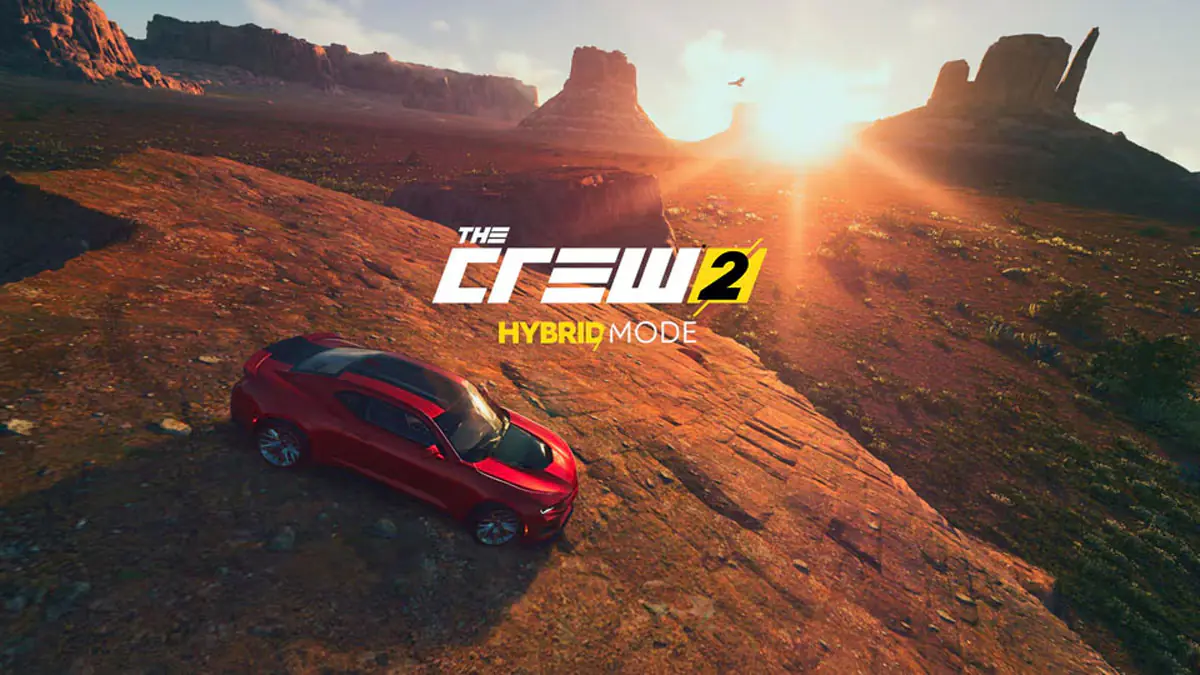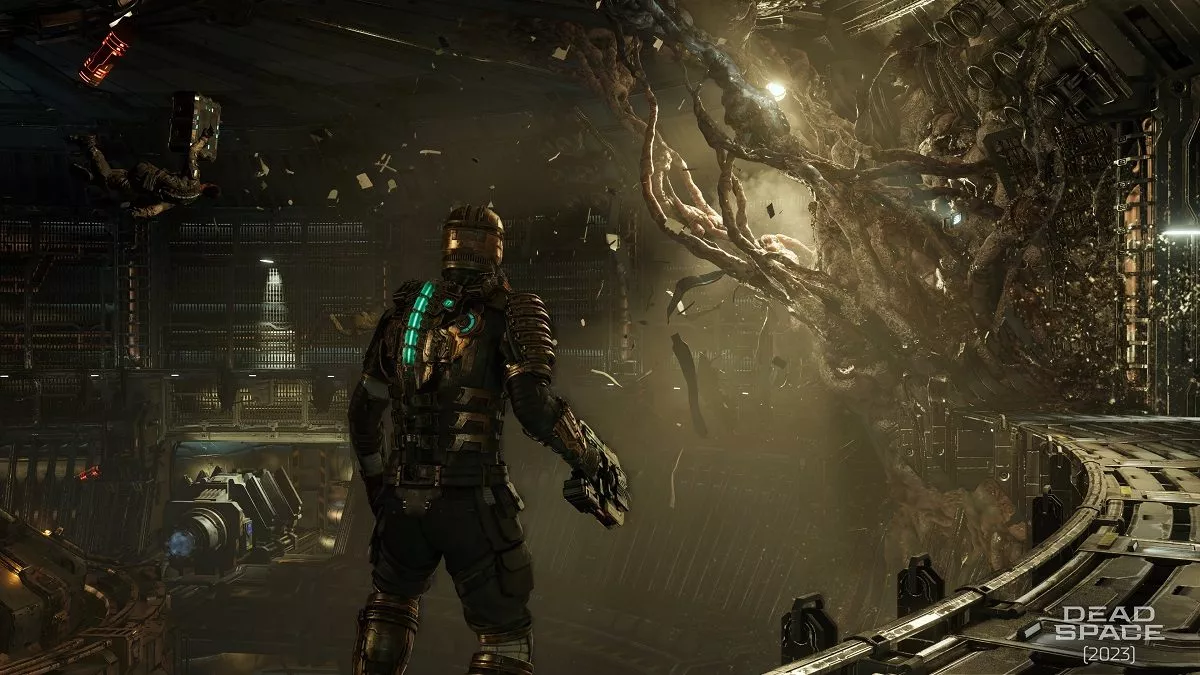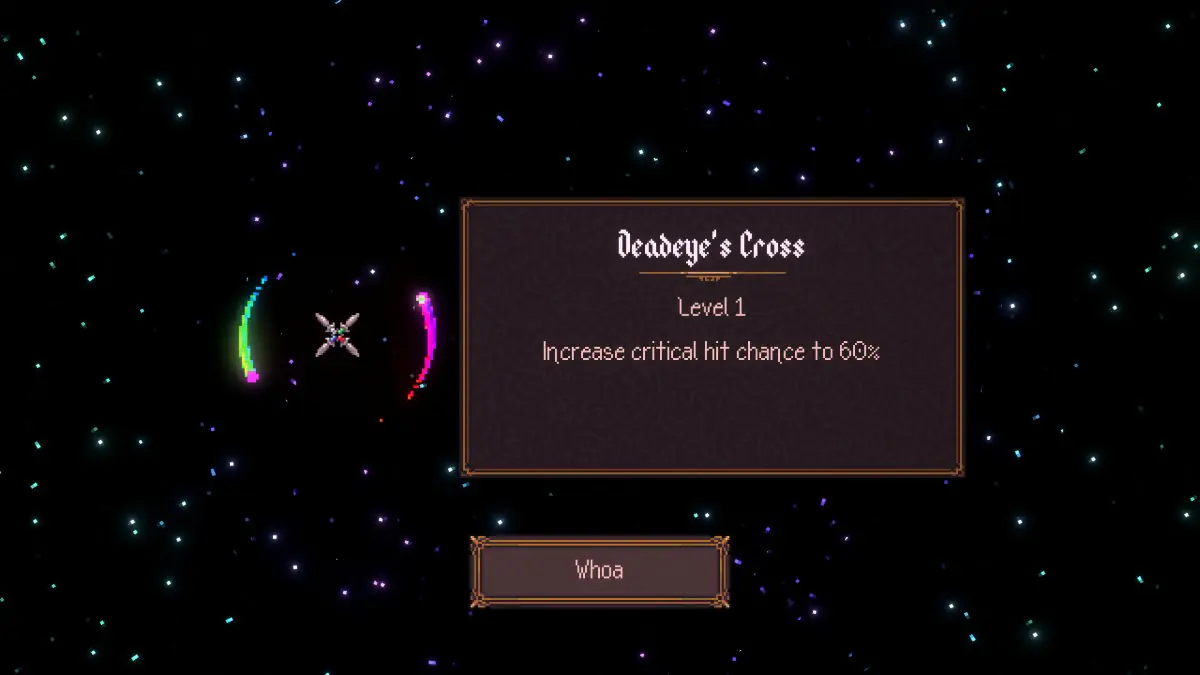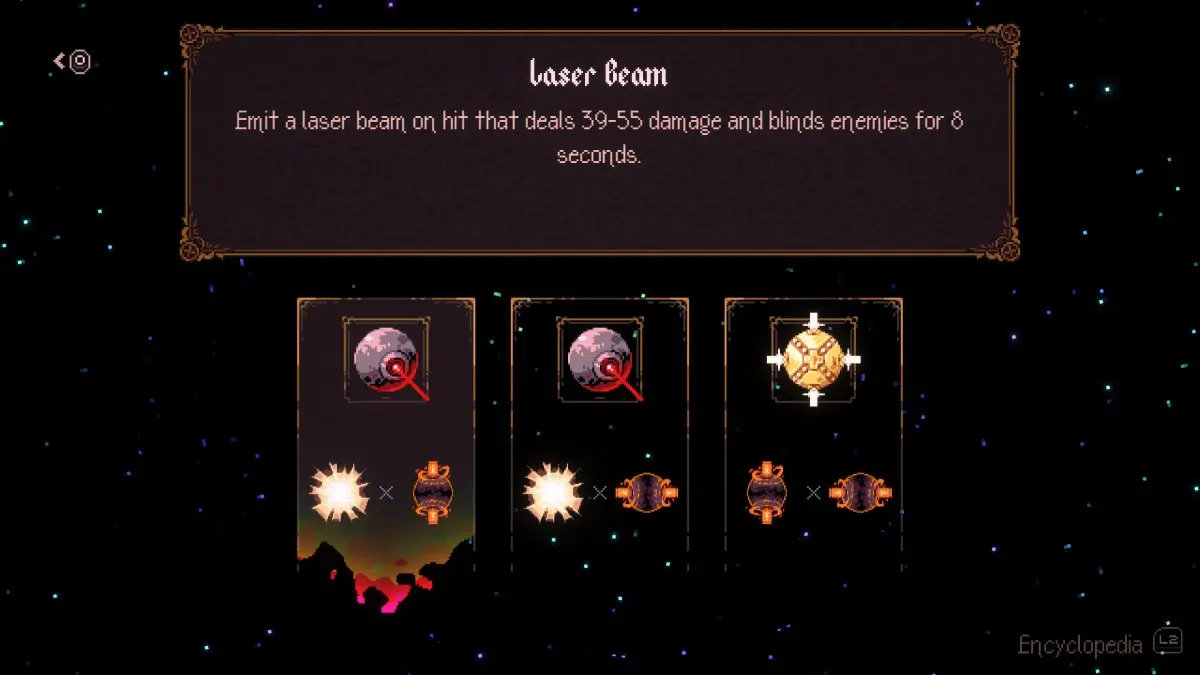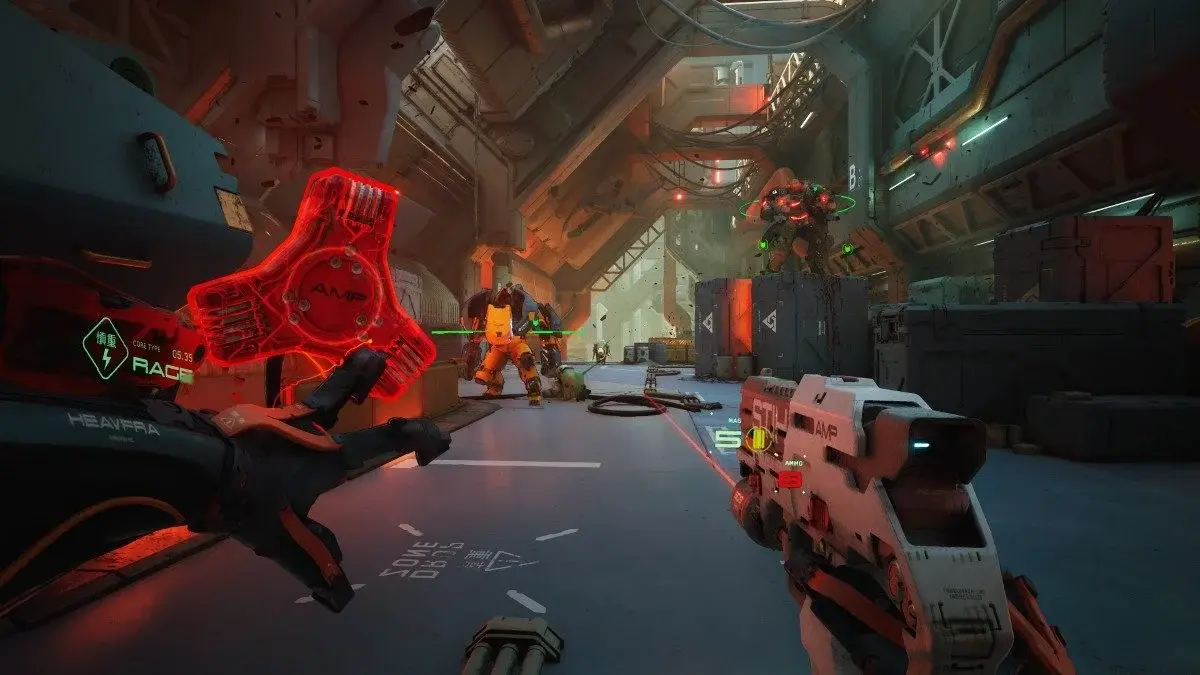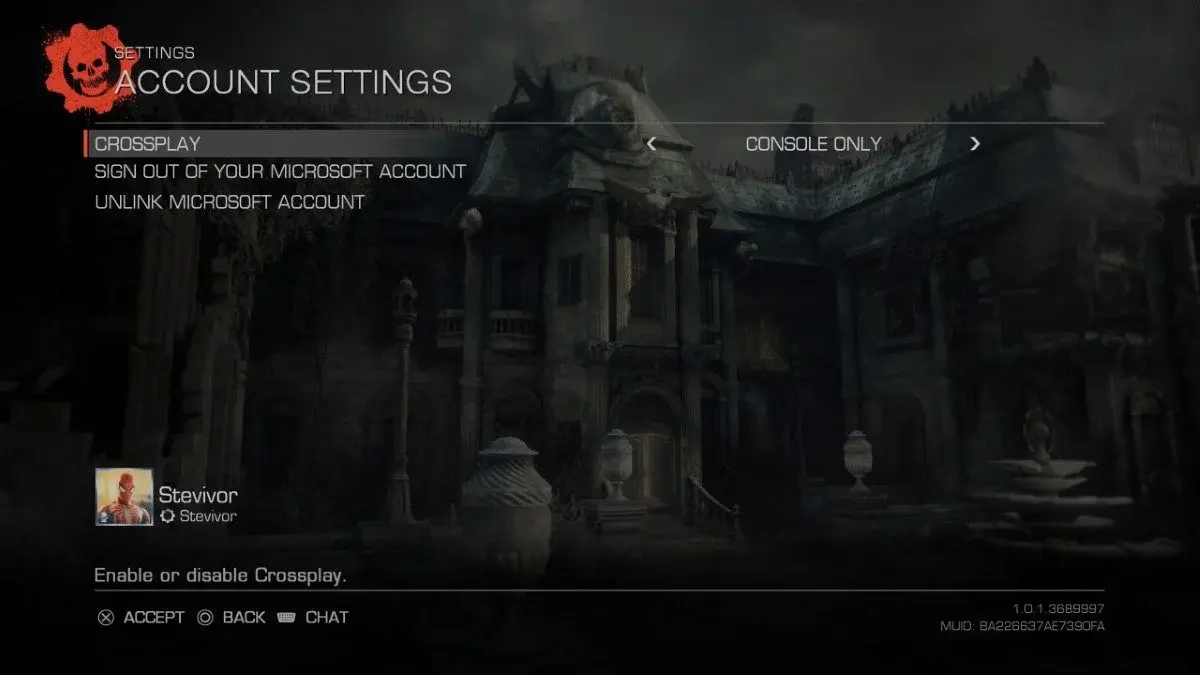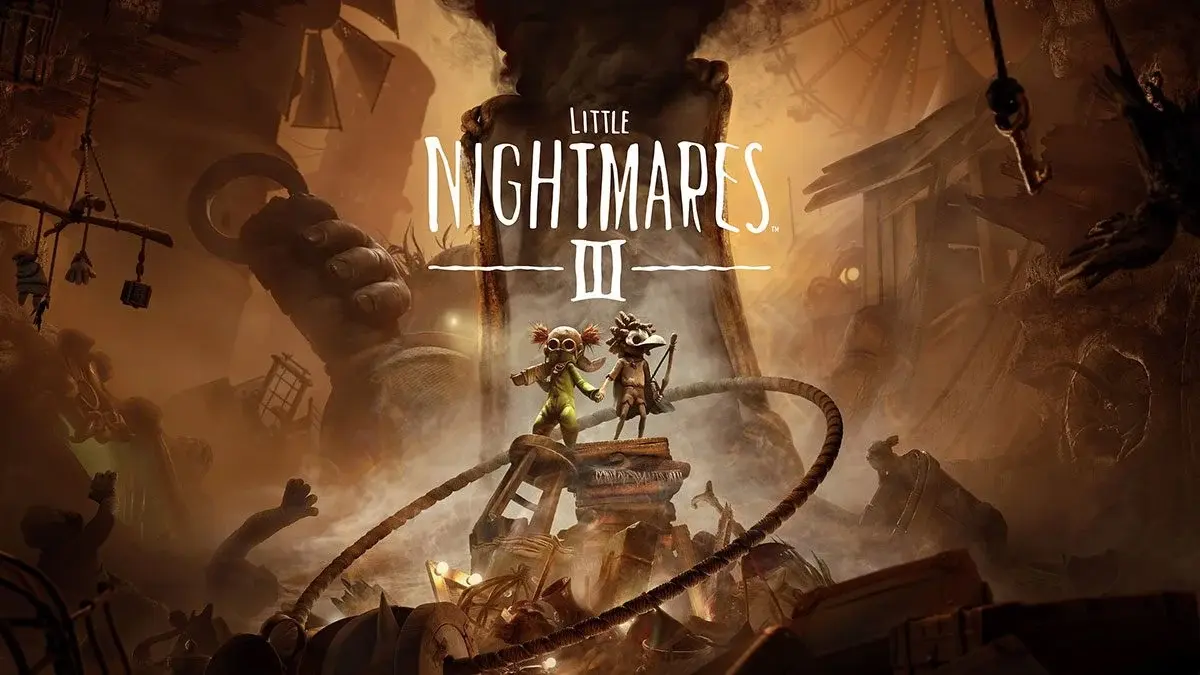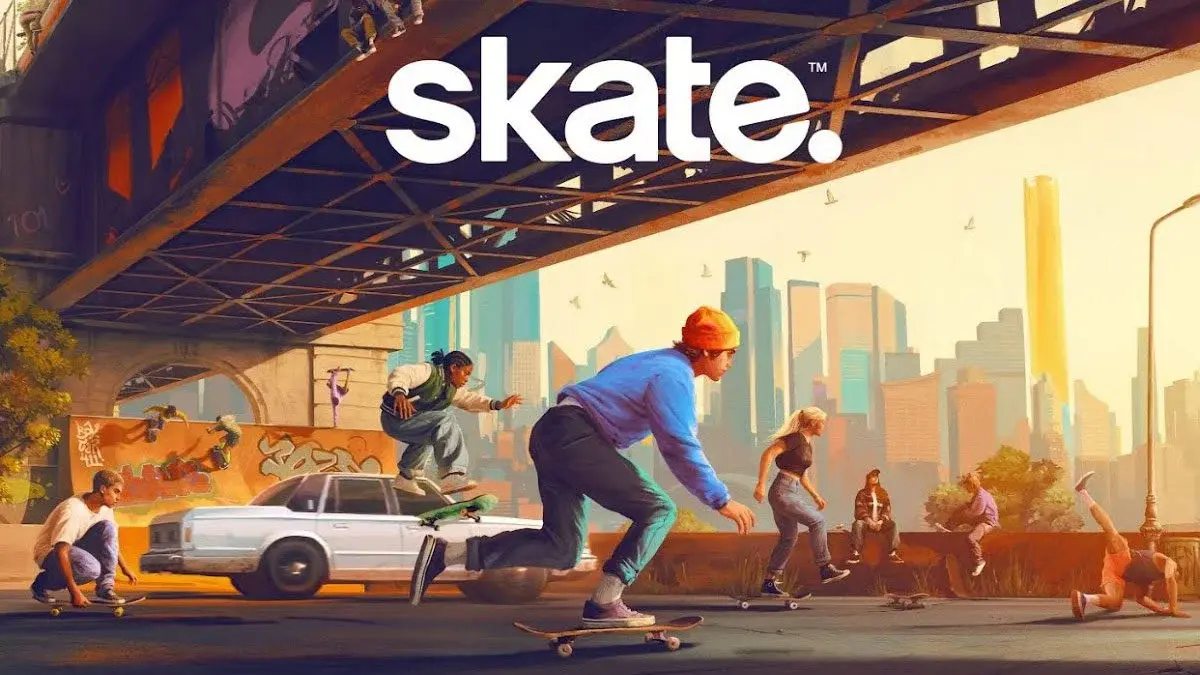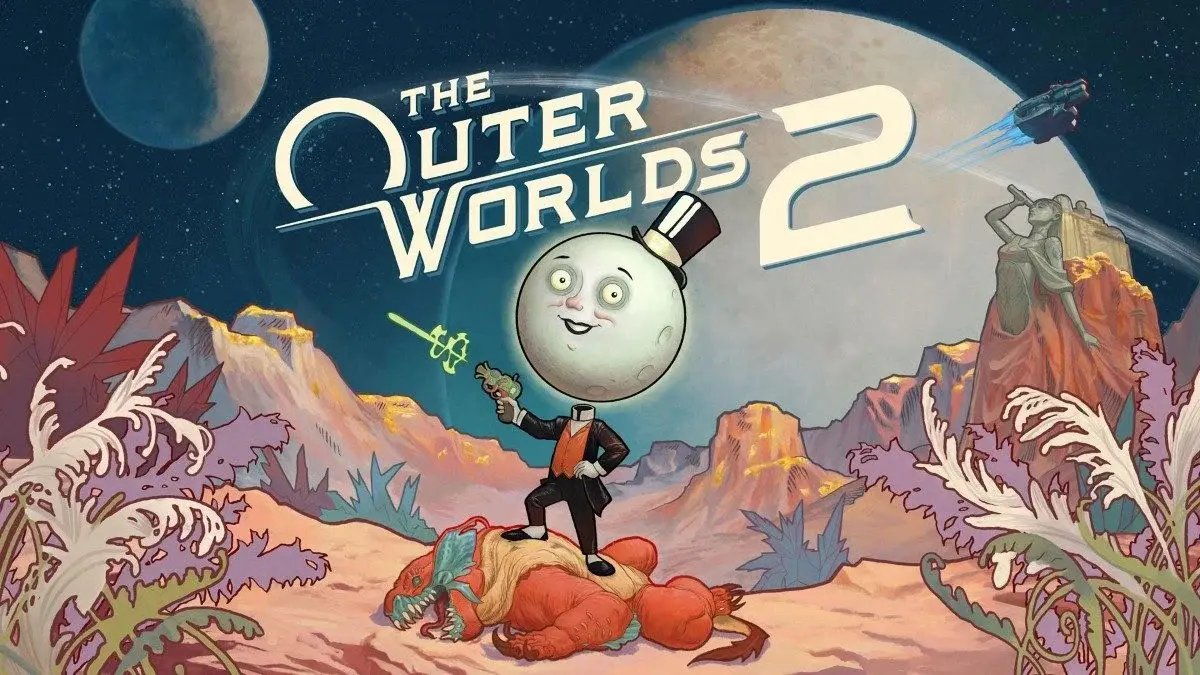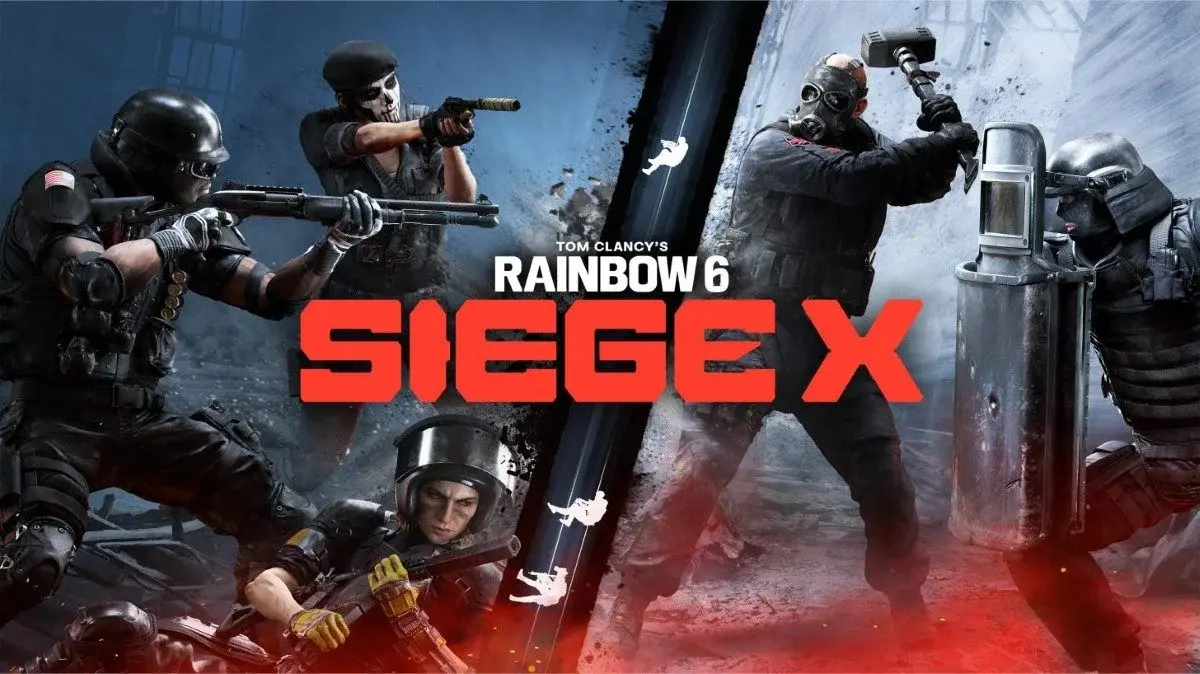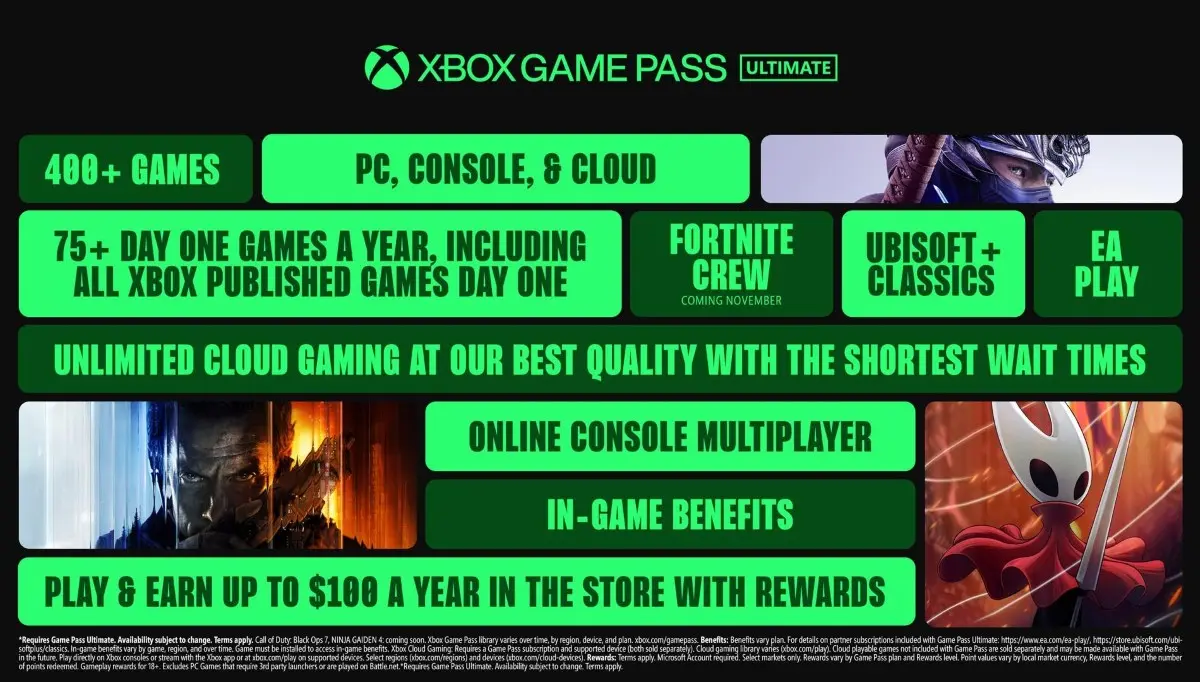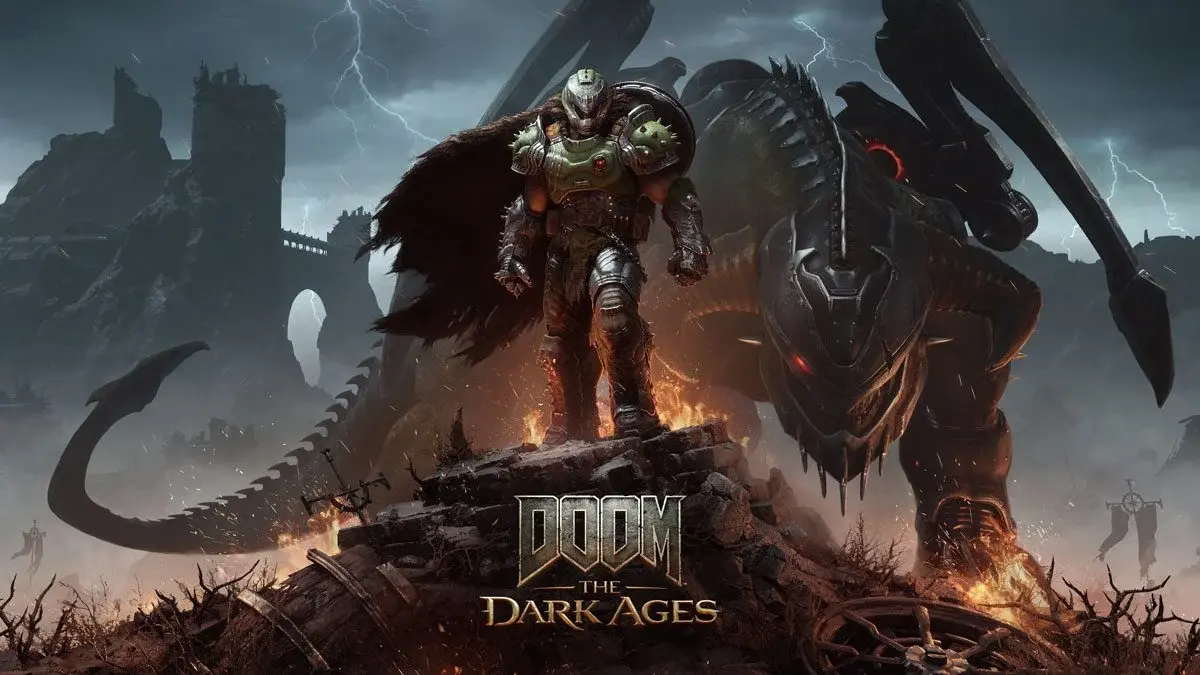From the original games that propelled id Software along on its path to glory, to more recent installments that brought the franchise to a new generation of slayers, Doom has always held a special place in my heart. The satisfying violence, the lightning fast pace, and those oh so heavy metal soundtracks always worked for me.
The modern Doom series began, shockingly, 9 years ago. 2016’s Doom capitalised on high speed strategic gun fights, and introduced the world to the ever so satisfying glory kill mechanic. We were also introduced to an ingenious new playstyle that replaced weapon reloads with weapon swaps that encouraged the use of all the Slayer’s arsenal while making combat strategy an important contributor to resource management. It’s said that the theme of Doom 2016 was “run and gun”. 2020’s Doom Eternal built on that foundation with enemies that changed their attacks based on how severely damaged they became in your hail of gunfire, at the same time adding a level of fluidity to the Slayer’s movement. The theme of the game was “jump and shoot,” which was certainly fitting.
Doom The Dark Ages is a different beast entirely. It retains some of the core components of its critically acclaimed predecessors, but adopts a very different approach to combat pacing. The Slayer uses a shield to block and parry certain attacks, following an emphasis on close range melee abilities. The theme applied this time around is aptly “stand and fight” and the game appears to have been built around this new way of playing Doom.
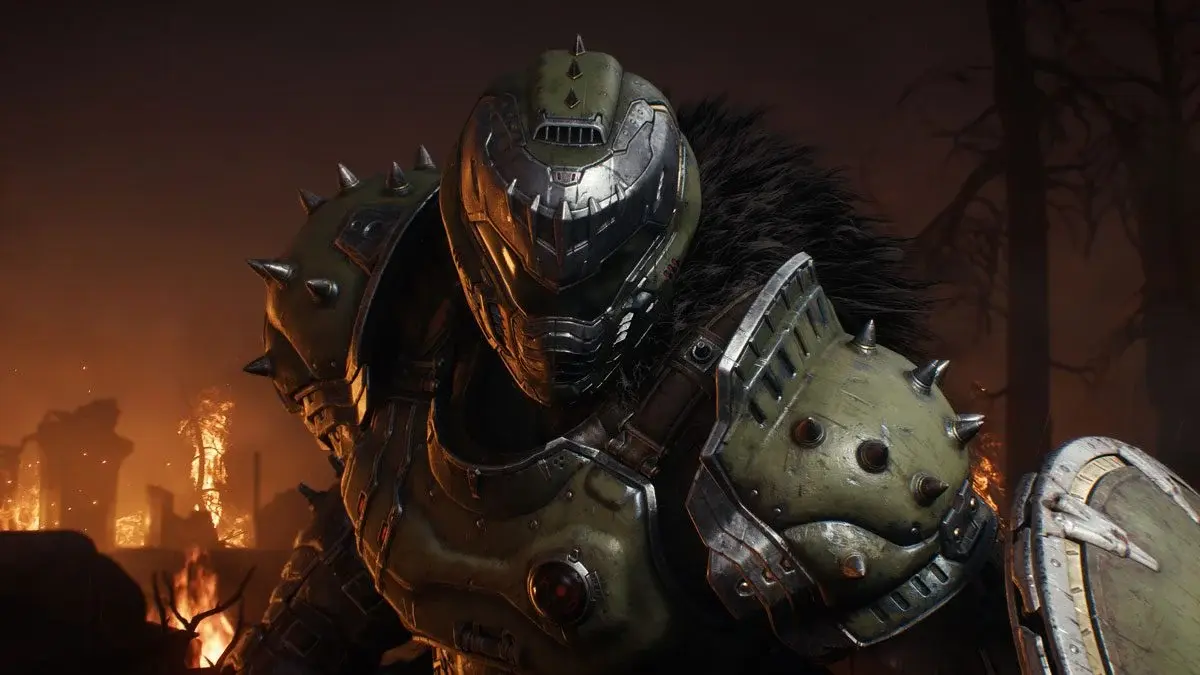
With the Slayer’s new tools of trade come a number of new abilities — and in true Doom Slayer fashion, you’re attacking even when you’re defending. The shield is easily the most important and versatile piece of kit in that it assists in defense, offense, suppression, and traversal. Of course it can protect the Slayer against all front-on attacks, but using the right timing when defending against green Hell Surge attacks results in that attack being returned to sender, inflicting extra damage and filling up your melee bar. Parrying takes practice and timing, but as a result, the challenge of deflecting attacks is very satisfying when you pull it off.
Once unlocked, the ability to throw your shield at an unarmoured enemy will put it into a stunned state, thereby leaving it defenseless for a short time so you pelt it with bullets. Finally, and in keeping with the approach to combat in Dark Ages, the shield also grants an extremely useful and powerful charge attack which launches you great distances towards enemies. Closing the gap is a key factor in Dark Ages; in a packed battlefield, the shield charge is usually the best means of moving around maps. It can even be used to get to areas the Slayer wouldn’t otherwise be able to reach.
The entire combat system is loaded with layers — combining certain attacks with others achieves very specific results. Pummeling an armoured enemy with bullets will cause their armour to become red hot; once in this heated state, continued gunfire or melee attacks can destroy armour if the right upgrades have been earned. In the very early stages of the game, the aforementioned shield throw will destroy heated armour instantly and cause significant damage to surrounding enemies. This is just one of many different combinations available making the combat in Doom The Dark Ages a mix of strategy and chaos, which is easy to learn and fun to master.
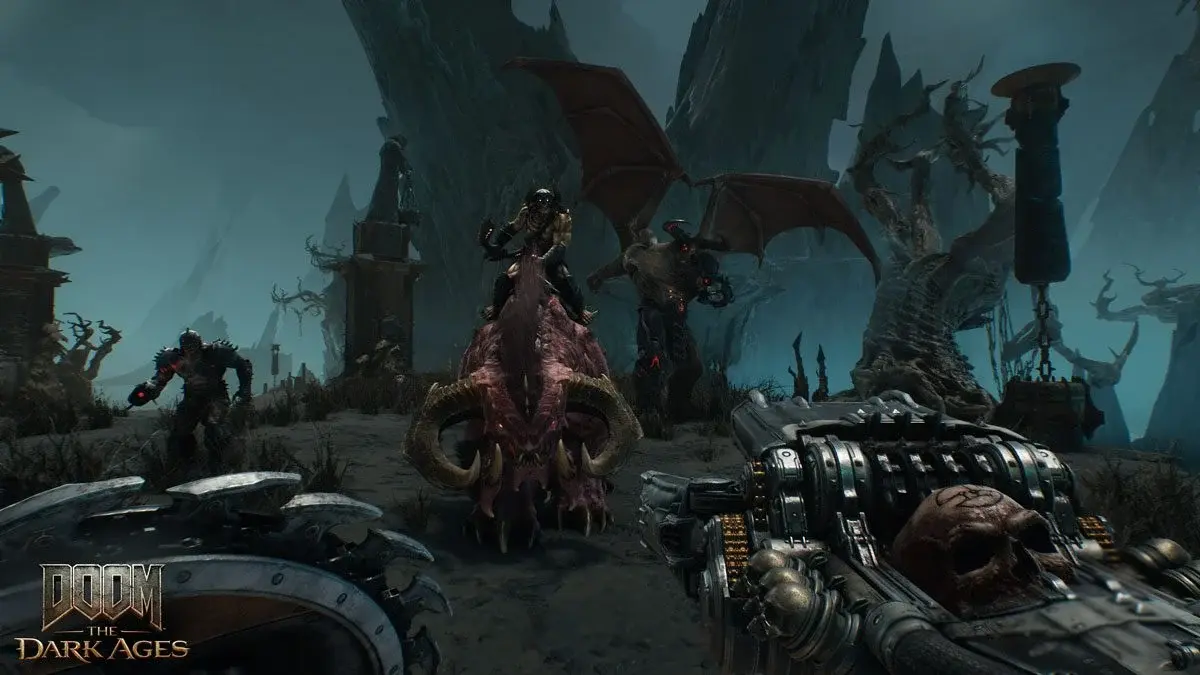
When executed accurately against more powerful enemies, a typical 5-part combo would have the Slayer heating up an enemies armour with bullets while using the shield to deflect attacks, then throwing the shield to destroy the armour, throwing it again to stun the enemy and filling it with bullets and smashing it with melee attacks until it enters a dazed state, then finishing it off with an execution.
Notice how I used the word “execution” and not glory kill? This is where Doom The Dark Ages begins to fall down a bit. For some it won’t mean a thing — but for me, it means a lot.
The always brutal, often hilarious, and always satisfying glory kills of the previous games are almost completely gone and I simply can’t figure out why. To be clear, the mechanic of the glory kill remains in the executions mentioned above, but gone are the piles of demon-specific animations which changed based on the angle you approached a staggered enemy. If you’re hoping to break a demon’s arm and shove its broken humerus through its face, or bash a baddie’s head down inside its body, you’re going to have to go back to Doom Eternal to scratch that itch.
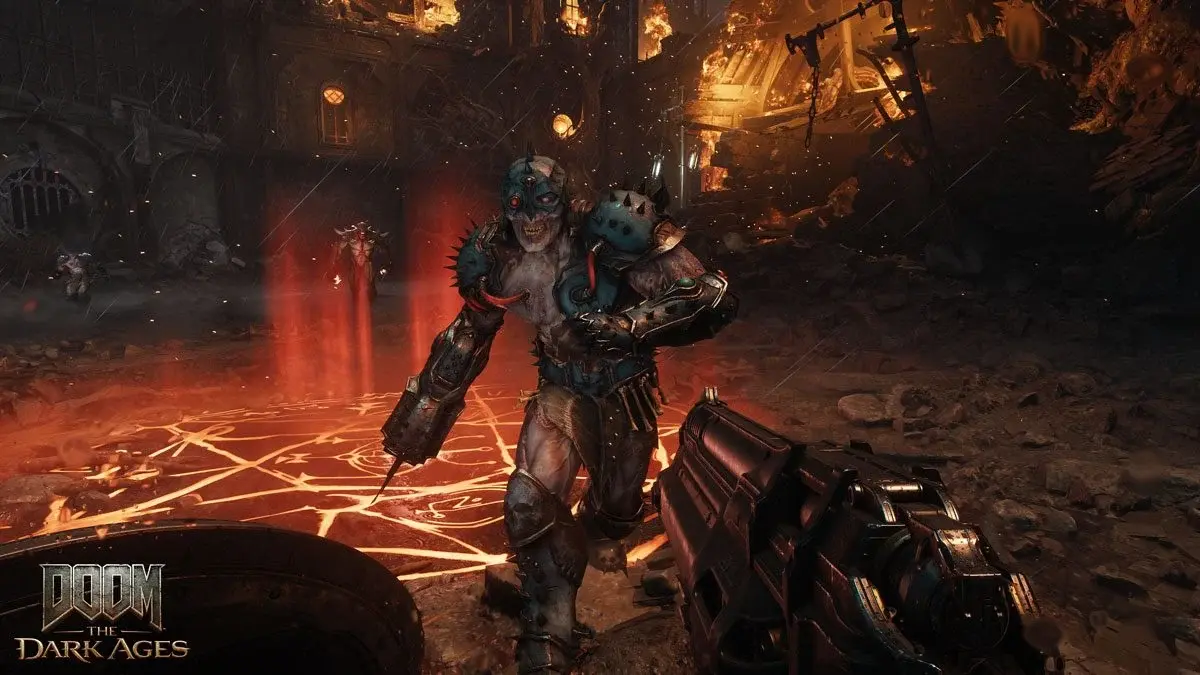
In The Dark Ages, the most you’re going to get is maybe three or four executions. They’re the same, no matter which enemy you’re killing; nine times out of ten, you’ll just unceremoniously kick ‘em in the guts. Glory kills were a signature component of the last two Doom titles, and why they’ve been removed I’ll never understand.
Other issues begin to arise in the campaign when the flow of the game is rudely interrupted with sequences of either walking around in a giant Atlan mech and spamming the right trigger to punch equally giant demons, or flying around on the Slayer’s pet dragon creatively named… Dragon. These sequences pop up a few times across the campaign and they’re obviously inserted to break repetition between long sequences of standing and fighting. The Atlan mech sequences are slow, clunky, and cumbersome — the opposite of what Doom should be.
The Dragon sequences do have some fun elements to them when flying through tight corridors dodging obstacles and chasing down enemy ships. These might have been a bit of a rush if there was more challenge involved in these sequences, but they’re let down by sections which have the you hovering in place. There, you’ll be locked onto specific targets while you engage in borderline quicktime events of dodging and shooting. Once again, these sections deter from the speed and ferociousness of Doom.
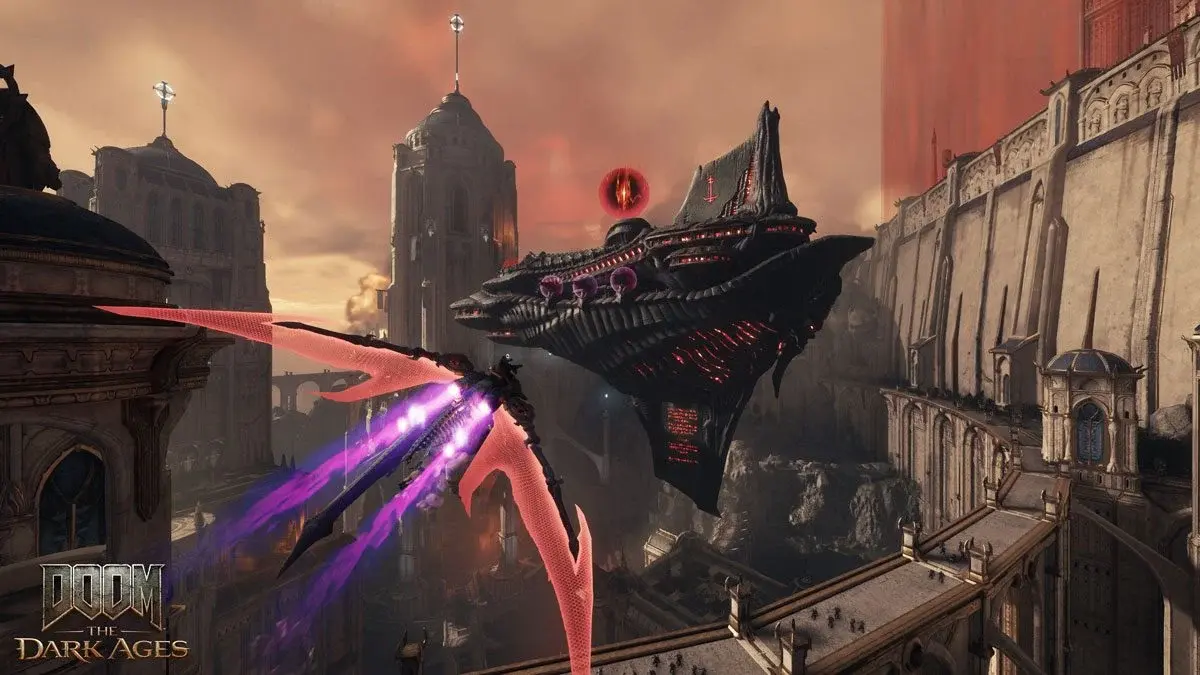
These sections seem to indicate an awareness of The Dark Ages‘s repetitive gameplay loop by an attempt to break it up. The thing is, this isn’t the case at all. While the nature of things involves repetition, the introduction of leaders, enforcers and morale encounters is more than enough to combat that.
These elements each have a different impact on the battlefield; when they appear, a change of approach is needed. Leaders have special attacks and are tougher to kill; once a leader is dispatched, the Slayer will gain their essence, increasing his maximum health, armour, or ammo capacity. Enforcers support a group of empowered demons which can be reinforced as long as said enforcer is still alive.
During morale encounters, a specific demon will be impervious to damage. Killing enough demons in the area will reduce a morale meter — when depleted, it will drop the leader’s shield. These keep the Slayer’s journey through Hell interesting enough to see it through to the end without the need for silly mech and dragon fights.
Before I finish things up, I do need to give a few nods to some of the things I really did love about the Dark Ages. As expected, its soundtrack is fantastic, loaded with exceptionally heavy tracks full of double kick drums and chunky guitar riffs that make me want to get battered and bruised in a mosh pit. Before you start playing, increasing the game volume is a must.
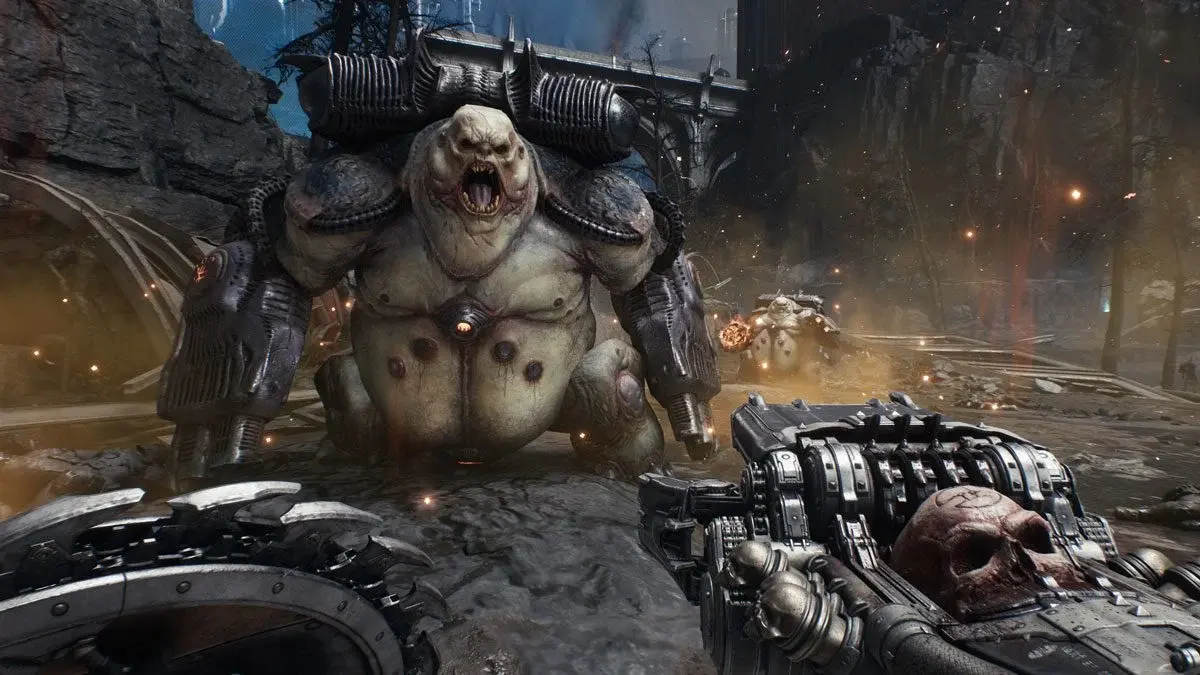
Next, open levels are designed to promote exploration. While using an in-game map makes finding many secrets a little too easy, resisting the temptation makes exploration much more fun. This is especially true for the secret areas that are hidden within secret areas. Finally, The Dark Ages‘ narrative is the most fleshed out story of in the entire series. While not exactly complex in nature, this prequel provides an unexpected clarity to the various characters and factions in the earlier iterations.
My review copy of Doom The Dark Ages came with a letter penned by Game Director Hugo Martin and Executive Producer Marty Stratton. It warned critics that this sequel is “not quite like Doom Eternal or Doom 2016” and is instead much more like the original Doom games of the 90s. This, while true, may not necessarily be as well received by franchise fans as Stratton and Martin may have hoped.
I don’t enjoy this style of Doom compared to that of the previous two games — it’s just not the Doom I’ve grown to love. That said, The Dark Ages is in no way a bad game. Fans of classic Doom will really enjoy similarities in its larger areas, the high volume of slower projectiles to dodge, and the constant need to push forward.
Doom The Dark Ages was reviewed using a promotional code on Windows PC via Steam, as provided by the publisher. Click here to learn more about Stevivor’s scoring scale.
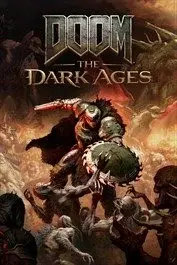 |
Doom The Dark Ages15 May 2025PC PS5 Xbox Series S & X
|
This article may contain affiliate links, meaning we could earn a small commission if you click-through and make a purchase. Stevivor is an independent outlet and our journalism is in no way influenced by any advertiser or commercial initiative.

